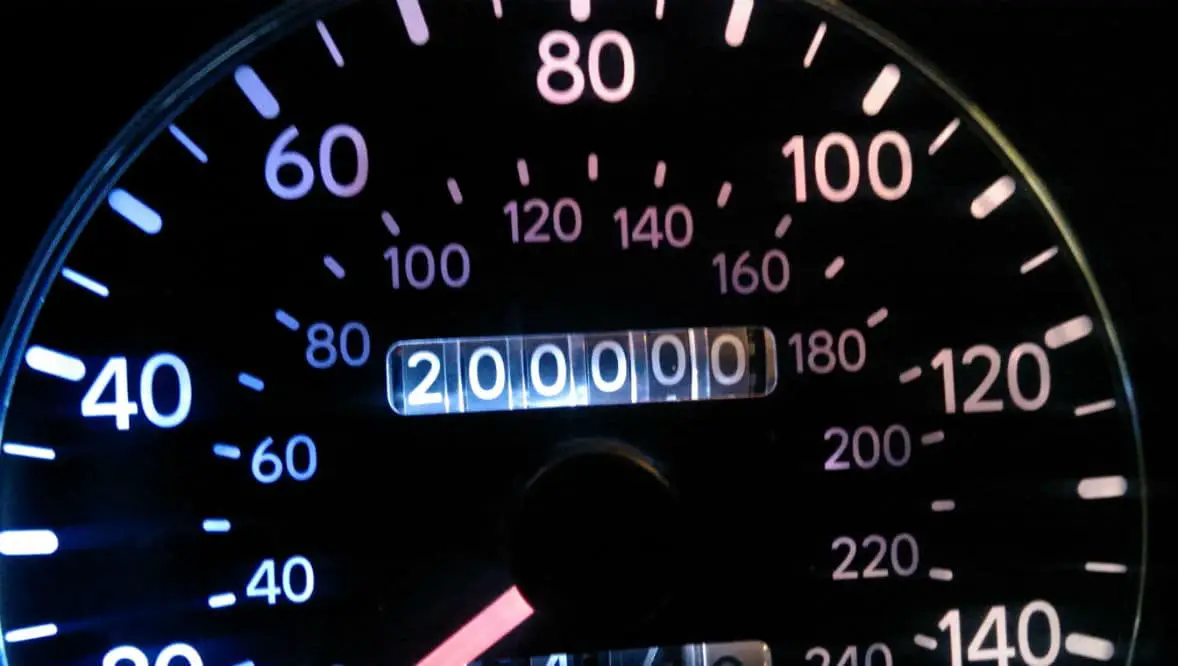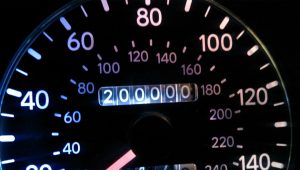Today, some people choose to invest in a used car because of their lower price tag, which is almost half of the original price of brand new automobiles. They also feature low depreciation costs which eventually makes them a tempting target for the car lovers. This can be a smart and practical move, but there are important things to consider like knowing how to check car mileage for you to make the most out of your money.
Some of you might already be aware why checking the mileage is important, but others might not see the reason behind it. Hence, this article will not just give you useful tips and tricks on how to check car mileage without professional help but also tackle some of the basics about used-car mileage.
Why Do You need to Check the Car Mileage?
In simple words, the car mileage is used to define the number of miles covered by a vehicle in its lifetime. According to experts, checking the car mileage is perhaps the single most crucial piece of information which can give you a clear idea of the car’s previous usage. Thus, it basically tells you the age of the vehicle. The fewer the miles covered by a car, the better it is to purchase.
However, this isn’t always true. Sometimes, car dealers tend to change the mileage with a couple of tricks. One such trick is called clocking where an expert car owner will tweak on the odometer’s reading through the dashboard. So, if you intend to protect yourself from any such scheme, you might find our tips below beneficial.
How to Check Car Mileage?
You must always remember that car sellers will always be ready to present you with the best features of their car. Nonetheless, you must still be a wise buyer and check if what is presented is accurate enough.
Determining the Number of Miles Covered in Specific Number of Gallons:
In determining the actual mileage of a used car, it is always best to test drive it. What you need to do is take the car to the nearby gas station. Ask them to fill up the gas tank in such a way that the fuel gauge shows full tank. One thing which should be kept in mind at this stage is that you should never pump extra fluid once the nozzle quits.
After filling up the gas tank, sit inside your car before resetting the car’s meter to zero. It will help you determine the actual mileage of your vehicle without professional help. Once you’ve filled your gas tank, start driving in your usual way. There is no need to be cautious at this point. You can go anywhere you want until half of the gas tank gets depleted. Afterward, have a look at your gas meter and note down the number of miles which appears.
Revisit the gas station and fill up the gas tank to its full value. Take a look at the number of gallons it took to fill up the gas tank before comparing them with the number of miles which you noted. Consider, for example, the vehicle covered 300 miles in half tank, and it took 10 gallons to fill it up. Divide 300 by 10 and the quotient which is 30 will be the car’s mileage. This might cost you, and you need to convince the seller for you to do this, but this will be worth it as you will end up with the right second-hand car.
Nonetheless, there are simple ways on how you can check if the mileage presented by the seller is real or not, and you can find those below.
Determining if the Mileage is True or Not:
On the basis of this information, here are a few useful tips which can help you authoritatively determine the car’s mileage.
- Compare the car’s overall condition with its mileage. If the exterior looks rusty, but the car has covered only a few hundred miles, there is something dubious.
- Have a look at the MOT (Ministry of Transport) certificates which are issued at regular intervals. Compare their reading with that of the vehicle’s odometer. If you feel any kind of dissimilarity between both sets of readings, it means the dealer is trying to trick you via clocking.
- Compare steering wheel and pedal rubbers with the rest of the vehicle. If anyone of them doesn’t compliment the other, it should ring your alarm bells.
- Take help from other service documents in order to make sure that the odometer is displaying correct reading.
- If you are buying the car from a dealer, contact the vehicle’s previous owner. Ask them what was the car’s mileage when they sold it to its current owner. It will help you determine whether or not the dealer is bluffing.
- If you live in the UK, you can access a government website to do a free MOT check on your vehicle.
- If possible, consult a reputable car dealer and ask them to have a look at the vehicle which you are about to purchase. There is no better person than those people in order to determine whether or not the odometer is displaying the correct information.
What Mileage is Preferable when Buying a Used Car?
Knowing how to check the estimated mileage of the car that you are about to buy will be useless if you have no idea what is the ideal mileage of a used car. As recommended, you should never buy a used car which comes with very high mileage.
According to a rough estimate, an average driver covers 12,000 miles in a single year. Some drivers might have used it less frequently, but there are those who have gone beyond that limit. It means that a car manufactured in 2007 with a mileage of 50,000 miles in 2012 is absolutely fine to purchase. However, if it has gone beyond 100,000 miles, it might be better to consider another vehicle. Similarly, if it has covered just 10,000 miles after five years, there is something dubious about it, and you should stay away from it.
Conclusion
When it comes to determining the mileage of a used vehicle, this isn’t a difficult task by any means. You just have to look at the vehicle’s age and compare it with the information displayed on the odometer. You can also compare it with the car’s overall condition, and it will tell you whether you’re getting a good value for your money.
Coming towards the ideal mileage of a used car, it lies between 40,000 and 60,000 miles. You can always go above and beyond that limit as long as the vehicle is in a suitable condition. However, make sure that the odometer is displaying correct information in order to make the most out of your purchase.


